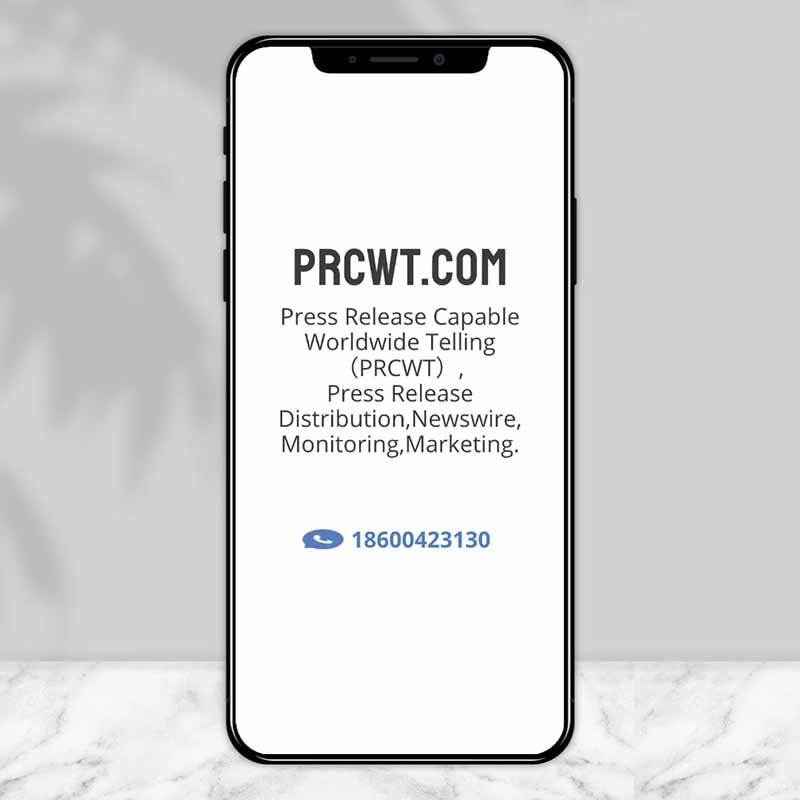In today's digital age, media monitoring has become an essential tool for businesses and organizations. It allows them to track and analyze the media landscape, identify trends, and measure the impact of their communication strategies. With the ever-increasing amount of information available, it is crucial to have a reliable and efficient media monitoring system in place. This article will explore the importance of media monitoring, its applications, and the latest trends in the field.
Media monitoring provides valuable insights into public opinion and sentiment. By tracking what people are saying about a particular brand, product, or issue, businesses can gain a better understanding of their customers' needs and expectations. This information can then be used to develop more effective marketing and communication strategies. For example, if a company discovers that customers are dissatisfied with a particular feature of their product, they can take steps to address the issue and improve customer satisfaction.
Media monitoring also helps businesses to stay ahead of the competition. By monitoring the media activities of their competitors, they can identify emerging trends and opportunities, and develop strategies to gain a competitive advantage. For example, if a competitor launches a new product or marketing campaign, a business can respond quickly and effectively to maintain their market share.
In addition to providing insights into public opinion and competition, media monitoring also plays a crucial role in crisis management. In the event of a crisis, it is essential to have a real-time understanding of the media coverage and public sentiment. This information can then be used to develop a crisis communication plan and manage the situation effectively. For example, if a company is facing a product recall, they can use media monitoring to understand how the public is reacting and develop a communication strategy to address their concerns.

The latest trends in media monitoring include the use of artificial intelligence and machine learning. These technologies can help to automate the monitoring process, identify patterns and trends, and provide more accurate and timely insights. In addition, there is an increasing focus on social media monitoring, as social media has become an important source of information and influence.
Another trend in media monitoring is the use of real-time data. With the ability to monitor the media in real-time, businesses can respond quickly to emerging issues and opportunities. This allows them to stay ahead of the competition and build stronger relationships with their customers.
In conclusion, media monitoring is a crucial tool for businesses and organizations in today's digital age. It provides valuable insights into public opinion, competition, and crisis management, and helps to build stronger relationships with customers. With the latest trends in technology, media monitoring is becoming more efficient and effective than ever before.
